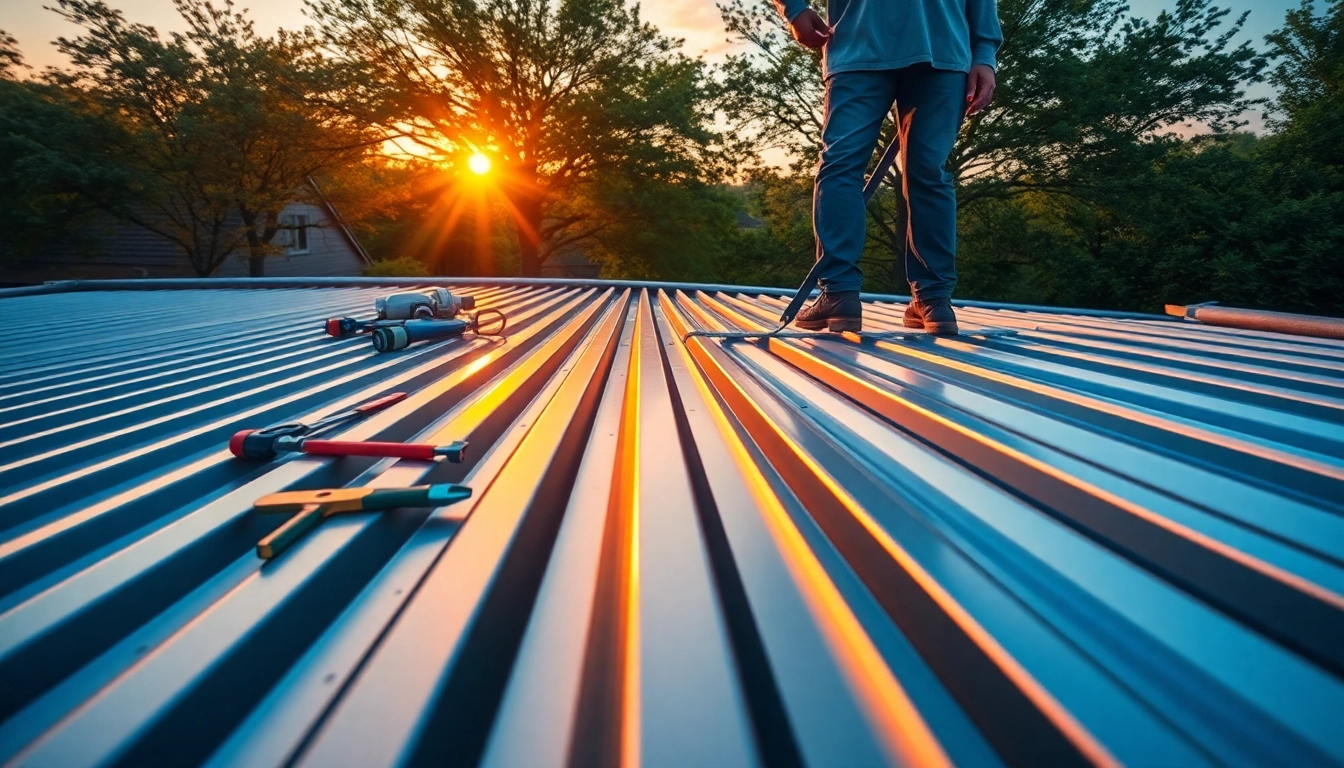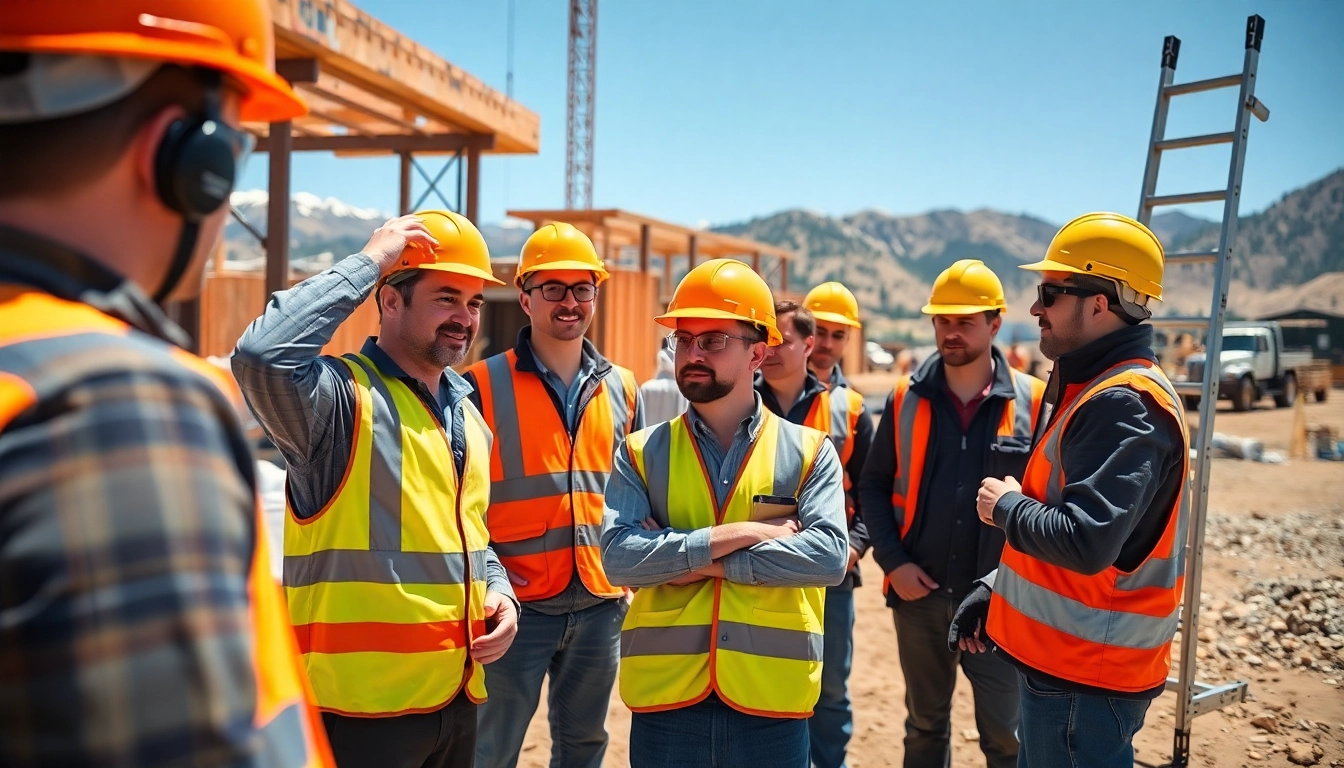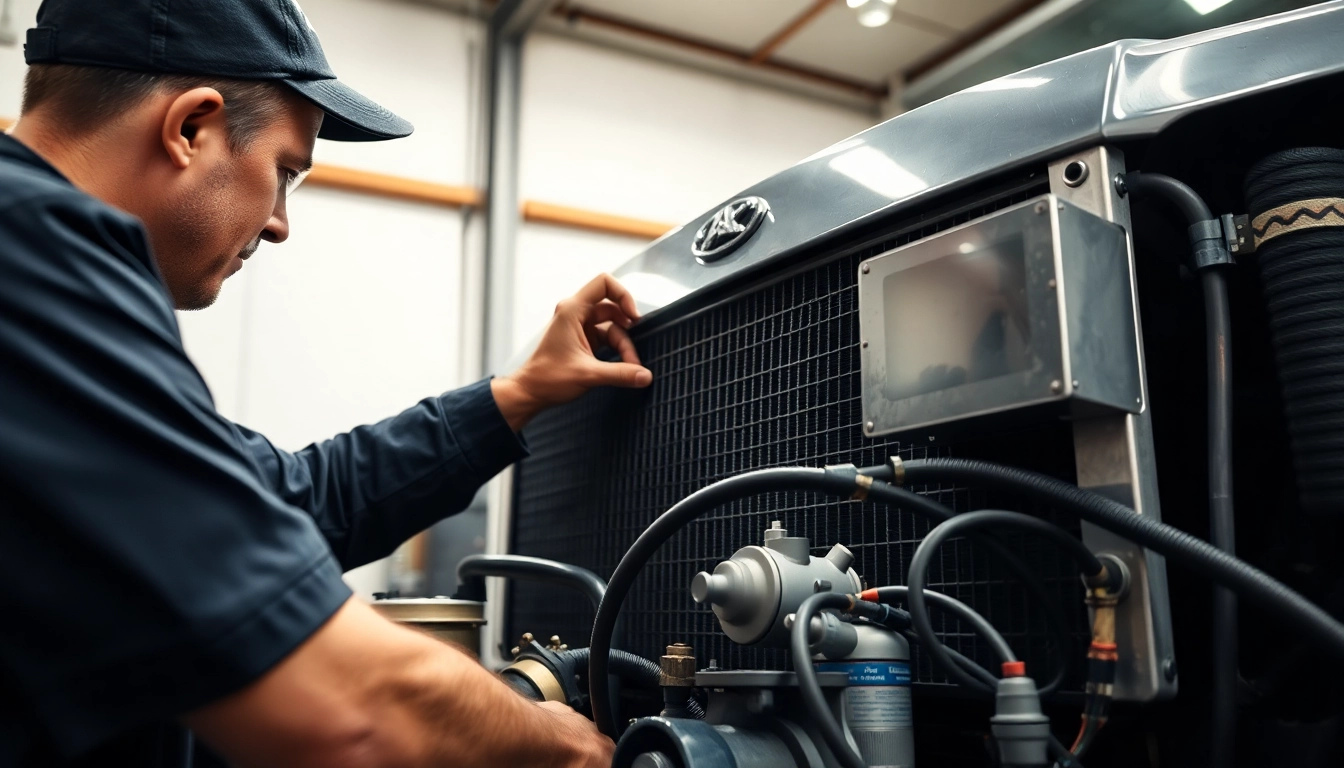Understanding Metal Roofing Installation in Austin
When considering a roofing solution that stands the test of time, durability and aesthetics must go hand in hand. Metal roofing installation in Austin has become increasingly popular due to its plethora of advantages over traditional roofing materials. This article aims to provide a comprehensive guide on metal roofing, taking you through its benefits, the types available, the installation process, and how to find a reliable contractor in the Austin area. The landscape of roofing services is ever-evolving, and choosing the right provider for metal roofing installation is paramount to ensuring your home or business is protected.
Benefits of Metal Roofing
Metal roofing is celebrated for its impressive range of benefits which include:
- Longevity: Metal roofs can last 40-70 years, depending on the material. Unlike traditional asphalt shingles that may need replacement every 15-20 years, the life span of metal roofing makes it an economical choice in the long run.
- Durability: Metal roofs can withstand severe weather conditions—high winds, heavy snowfall, and rain—without warping or cracking, making them suitable for climate variations.
- Energy Efficiency: The reflective properties of metal roofs can lead to significant energy savings. A well-insulated metal roof can reduce cooling costs by up to 25% in hot climates like Austin’s, contributing to a lower carbon footprint.
- Low Maintenance: Metal roofs require less upkeep than traditional roofs. With minimal repairs needed, homeowners can save both time and money.
- Eco-Friendly: Metal roofing is made from recyclable materials, and at the end of its life cycle, it can be recycled instead of ending up in landfills.
Why Choose Metal Over Other Materials?
The choice of roofing material largely depends on various factors including cost, durability, and visual appearance. Traditional options such as shingles, tiles, or even wood have their place, but here’s why metal is often a superior choice:
- Weight: Metal is lighter than many other roofing materials, putting less stress on the structure of your home.
- Aesthetic Appeal: Metal roofs come in various colors and styles, allowing for customization that enhances a home’s curb appeal.
- Safety: Metal roofs are resistant to fire, significantly reducing the risk of damage in fire-prone areas.
- Efficiency: Metal can easily be installed over existing roofing material, minimizing labor and disposal costs associated with removal.
Local Weather Considerations
Austin’s unique climate poses specific challenges and opportunities for roofing materials. Understanding these factors is crucial to making the right choice. The region’s heat can lead to thermal expansion and contraction in roofing materials, and metal roofs are designed to withstand this without compromising structural integrity. Additionally, the risk of extreme weather events such as hail or strong winds necessitates a material that can endure harsh conditions, making metal an ideal candidate for Austin’s roofing needs.
Choosing the Right Materials for Metal Roofing
Not all metal roofs are created equal. Choosing the right materials that suit your specific needs is essential for optimal performance and longevity.
Types of Metal Roofs Available in Austin
In Austin, various types of metal roofing materials are available:
- Steel: This is the most common choice, often coated with zinc (galvanized) or a protective polymer to prevent rust. Steel roofs offer a great balance of affordability and durability.
- Aluminum: Known for its corrosion resistance and light weight, aluminum is ideal for coastal areas but can also be advantageous in the Austin area due to its heat-reflective properties.
- Copper: While more expensive, copper metal roofs develop a distinctive patina over time, making them an aesthetically pleasing option. They are incredibly durable and resistant to corrosion.
- Zinc: Like copper, zinc roofs form a protective patina that enhances durability. They are highly eco-friendly due to being 100% recyclable.
Understanding Metal Roof Grades
Metal roofs are categorized into different grades based on their material quality and thickness, each with distinct advantages:
- Residential Grade: Commonly used for homes, the thickness typically ranges around 26-29 gauge. It’s cost-effective and suitable for general use.
- Commercial Grade: Typically thicker (24 gauge or higher), commercial-grade metal roofs are better suited for larger structures and have higher durability ratings.
- Architectural Grade: These are often thicker and designed for superior aesthetics, making them ideal for upscale homes and buildings.
Which Color and Finish Works Best?
The choice of color and finish is crucial, impacting both the aesthetic appeal and energy efficiency of the metal roof.
- Colors: Lighter colors reflect sunlight and contribute to cooler indoor temperatures, making them ideal for reducing air conditioning costs. Darker colors can absorb heat but provide a classic look.
- Finishes: A variety of finishes, such as matte, gloss, or textured, are available and can enhance both aesthetic appeal and durability, depending on the homeowner’s preferences.
Steps for a Successful Metal Roofing Installation
Proper installation is key to reaping the benefits of metal roofing. Here’s a detailed guide on the process involved:
Preparing Your Home for Installation
Preparation is crucial. It involves assessing the existing roof structure, ensuring all unnecessary debris is cleared, and checking local regulations concerning roofing projects. Here are essential steps:
- Inspect the Roof Deck: A solid foundation is crucial. The roof decking should be inspected for any rot or damage and replaced if necessary.
- Obtain Necessary Permits: Local building codes and regulations must be adhered to. Securing the right permits beforehand will avoid any legal issues later.
- Choose the Right Time: Planning installation in favorable weather conditions will ensure a seamless process.
Installation Best Practices
The installation itself should be conducted by skilled professionals. Here are best practices to be followed:
- Use Quality Materials: Ensure that all materials used are high-grade and suitable for long-lasting results.
- Follow Manufacturer Guidelines: Each metal roofing system has specific installation requirements that must be adhered to for warranty purposes.
- Ensure Proper Ventilation: Adequate ventilation beneath the metal roof is crucial to prevent moisture build-up, which can lead to damage over time.
Final Inspections and Maintenance Tips
Once installed, a thorough inspection should take place. This ensures that every panel is secured, flashings are installed correctly, and no visible gaps exist that may allow water to penetrate. Following installation, here are essential maintenance tips:
- Regular Inspections: Check the roof at least twice a year for signs of wear and damage.
- Keep It Clean: Removing debris such as leaves and branches prevents moisture from accumulating and potential rusting.
- Maintain Gutters: Clear gutters and downspouts to ensure proper water flow and prevent leaks.
Common Challenges During Metal Roofing Installation
Even the most meticulous planning can encounter challenges during installation. It’s wise to be prepared for potential issues:
Addressing Installation Legality and Regulations
Understanding local building codes is essential. Engaging with a licensed contractor helps navigate the legal landscape, ensuring compliance and safety.
Weather-related Delays
Weather can be unpredictable in Austin, leading to delays. Rain or excessive heat can halt progress. Planning for these circumstances by having a flexible schedule is recommended.
Labor Shortages and Skilled Workforce Issues
The construction industry often faces labor shortages, especially for specialized roofing work. Engaging with a reputable contractor who employs skilled labor can mitigate this issue and ensure quality installation.
Finding Reliable Metal Roofing Contractors in Austin
With many options available, finding the right contractor for metal roofing installation in Austin requires diligence. Here’s how to ensure you choose wisely:
Questions to Ask Potential Contractors
- Have you installed metal roofs similar to the one I need?
- Can you provide references and examples of your work?
- What warranties do you offer for both materials and installation?
- Do you have the necessary licenses and insurance?
Reading Reviews and Testimonials
Online reviews can provide insights into a contractor’s reliability and work quality. Platforms like Yelp or Google Reviews are excellent resources for assessing reputation.
Getting Quotes and Comparing Services
Obtain at least three written estimates to compare pricing and services. Remember that the cheapest option isn’t always the best; consideration of quality, warranties, and overall value is essential.



